Bathroom faucets are usually very costly to buy and install, so when there is a leak there is a problem. It is possible to waste 3 gallons of water per day if a leak occurs, plus the said leak will also create water stains in the base of the sink. To get this leak repaired by a professional plumber can turn out to be quite expensive. So, follow the steps below to learn how to fix the faucet by yourself and save money and time.
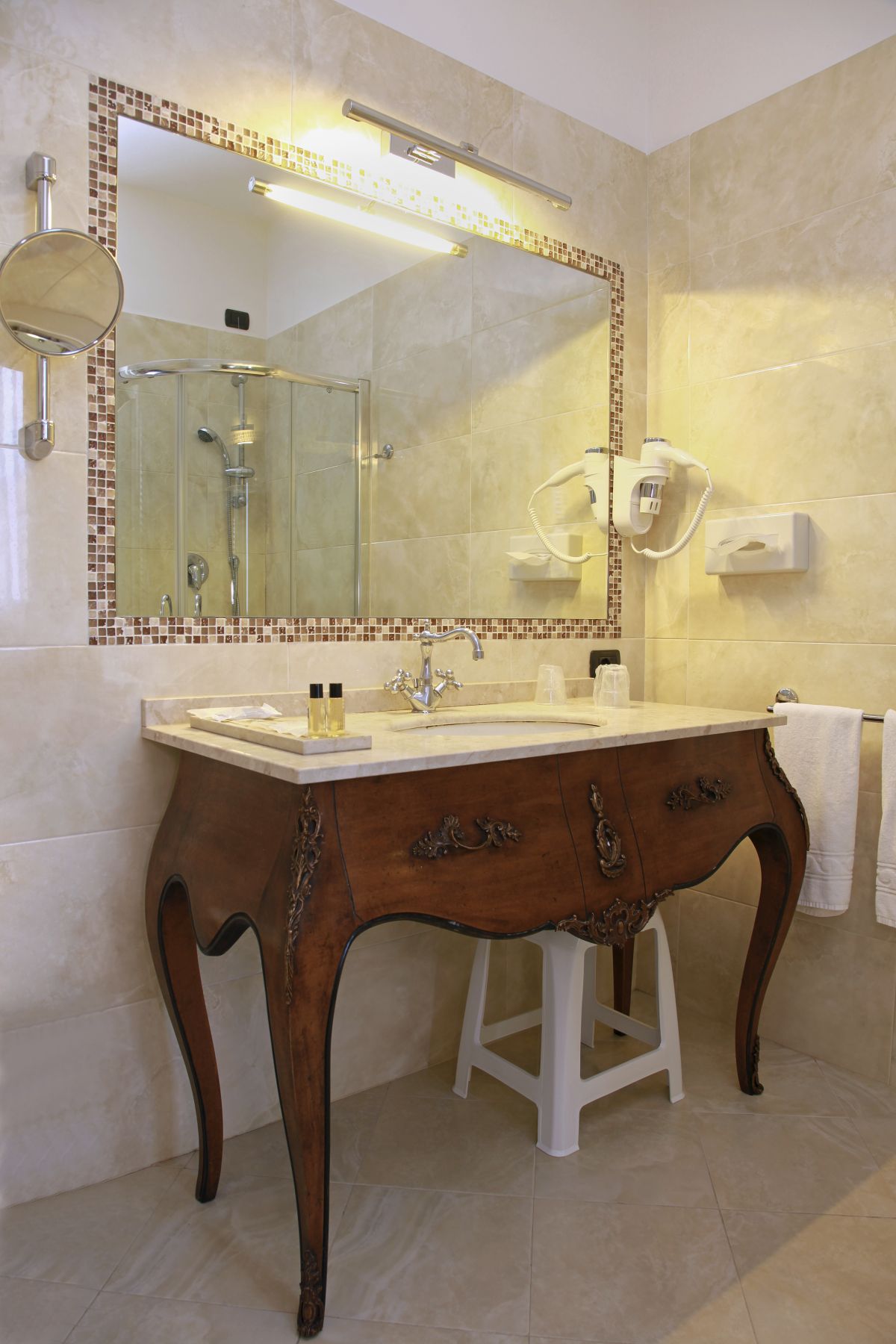
For fixing a faucet one usually needs: different sizes of washers, screwdriver, and an adjustable wrench. By following these six easy steps you can learn how to repair a leaky faucet:
Step 1: First turn off the sink’s main water supply. You will notice a shut off valve located under the sink basin, sometimes it's inside a floor cabinet.
Step 2: Loosen the nut of the sink by turning it in a counter clockwise. The packing nut is located just below. Twist or turn the entire valve unit, by using the faucet handle until it pulls free.
Step 3: Under the valve unit, where the old washer is located, hold the valve unit, place the old washer and remove the screw, which holds the old washer.
Step 4: Replace the new one in the place of the old washer, which is of equal size. Now put back the screw in it's original place.
Step 5: Restore the valve unit back into the faucet, and make sure that the nuts are tightened before spinning the handle to it's correct place.
Step 6: Last step is to tighten the packing nut and release the water back in the sink.
After doing these things and if your faucet starts to leak again, then try to replace your old washer with the new one of a different size.
Tips while repairing the faucet:
- Make sure to close the drain before trying to repair any faucet. This will stop parts from slipping down into the drain.
- Lubricate threads with grease to boost the seal.
- Notice the order of your removing parts, so that you know how to reassemble them again.
- Washers placed on the hot controlling temperature handles tire out twice as fast as those controls cold temperatures.
 Let a plumber give you an estimate on your project
Let a plumber give you an estimate on your project

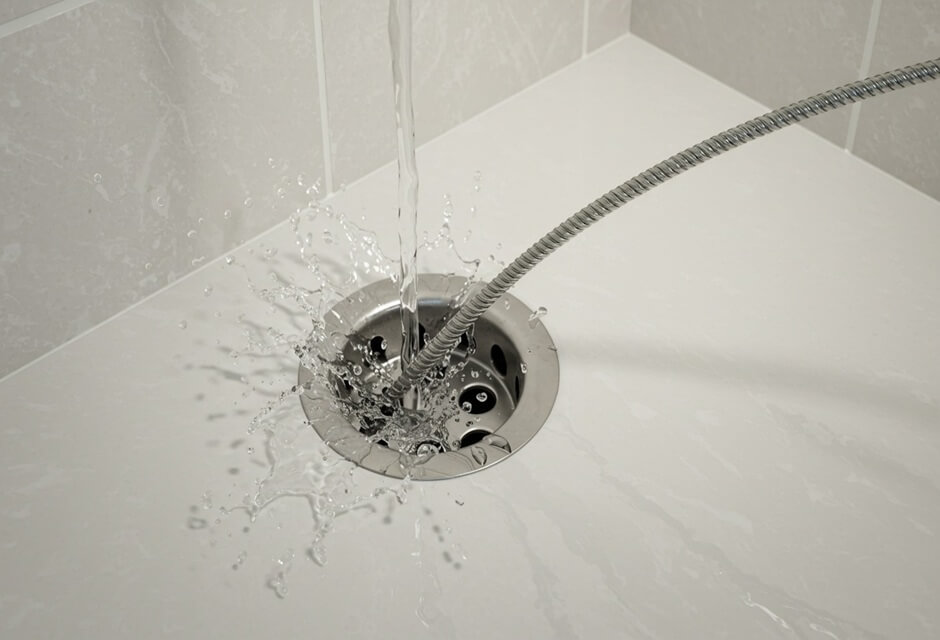
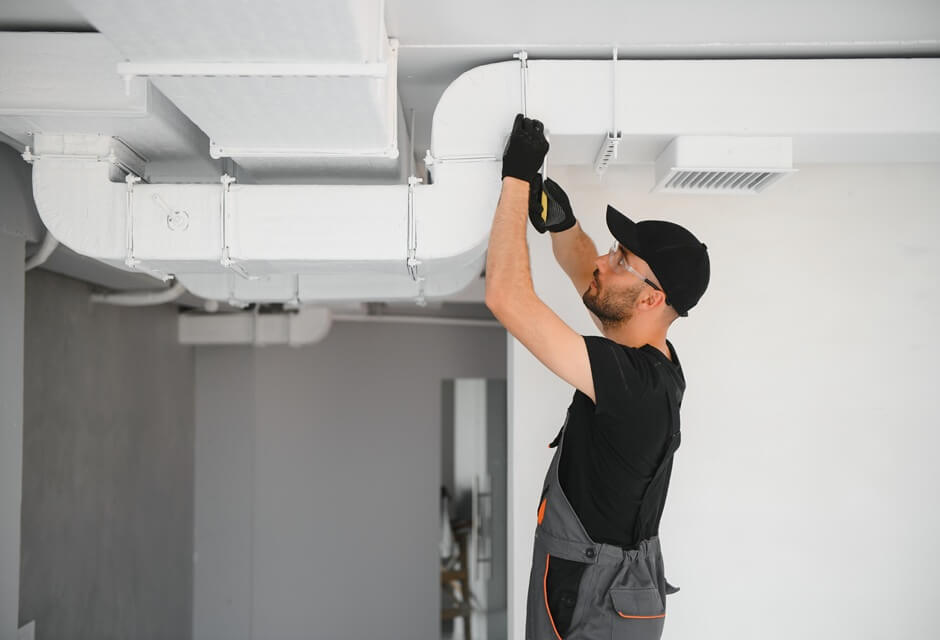
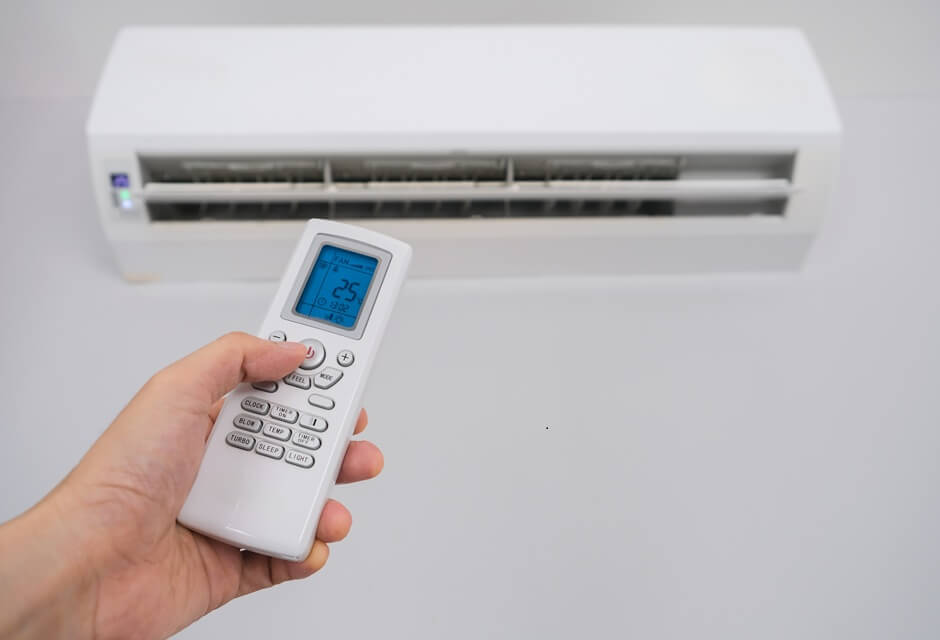
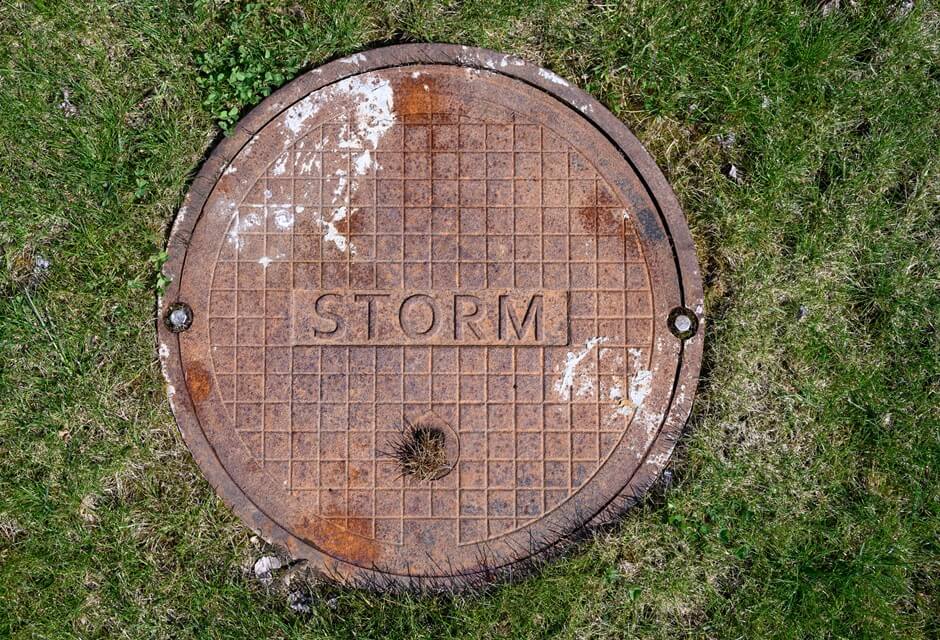
 Member of the
Member of the 